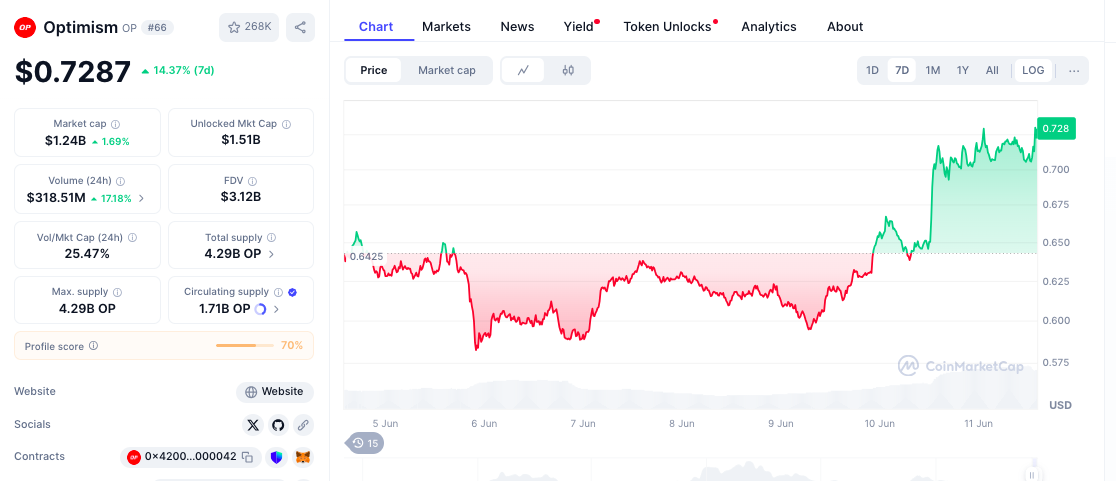Employee engagement gets plenty of talk in executive circles. Certainly, it’s an important topic. We want our people to feel passionate about their work. Yet, it’s become more of a check-the-box activity than anything else. Accordingly, only about one-third of team members report being highly engaged—at most organizations, anyway.
There are always exceptions to that rule. According to Gallup, seven out of 10 people at companies with the most engagement say they’re engaged. That’s more than double the expected average and begs an important question: What are those companies doing differently?
Having worked with and for many high-performing organizations, I can provide an answer: Those companies are taking a holistic approach to engagement. They’re not measuring employee feedback annually, putting a few plans in place and crossing their fingers that next year’s numbers might be better. Rather, they’re eliciting feedback in the moment to inform operational, cultural and other changes.
In other words, they’re committed to becoming workplaces where people feel purpose and belonging. Post-pandemic, people want more out of life than just a title and a paycheck. They don’t want to give leaders input only to have those leaders not listen to a word they say.
They want to believe that their “confidential” responses really are confidential. They want meaning and respect—and in return, they’re willing to give their best.
Beyond the buzzword
Truth be told, “employee engagement” and “employee empowerment” have turned into buzz phrases. And while their underlying concepts are appealing and admirable, they have zero meaning if there’s not any freedom of action on the table.
Here’s what I mean: Let’s say you tell a worker she’s “empowered” to do something. At the same time, you put compliance restrictions, rules and guidelines around what she’s “allowed” to do. You’ve basically tempered her ability to do anything or showcase any real engagement.
It’s fine to put up some guardrails, particularly in highly regulated industries, but the way to demonstrate a commitment to employee engagement is to demonstrate a commitment toward trusting workers to do the right thing. When we hide facts, limit power and push aside issues each time they’re raised, we restrict engagement growth. Workers simply won’t give fully when they’re treated like they’re not important to the company’s future.
Signs of spiraling engagement
No matter where your company is in your employee engagement journey, you want to make sure disengagement is halted right away. Start by being watchful for the top signs of disengagement across your ecosystem.
Constant turnover is a big red flag. When people are dissatisfied—whatever the cause—they go elsewhere. Another indicator of withering engagement is a change in the temperature of how people show up. When talkative people become unusually quiet, it’s never by accident.
However, if you don’t point out the elephant in the room by noting what’s going on, you’ll never get to the bottom of the problem.
See also: 7 talent management trends to watch in 2024
Another way to know if your organization has an engagement issue is to conduct “pulse” surveys. Pulse surveys allow you to stay connected to your people. They give you a real-time perspective on the temperature and mood of your corporate culture and workplace.
Tips for turning engagement around
What happens if you realize that your engagement is waning? Or your engagement is so-so, and you want it to take an upward track? Try these recommendations:
1. Focus on “the better”
During meetings, we often like to focus attention on what’s been going well. What we forget to do is have conversations around what can make things even better.
This technique allows people to acknowledge what’s working well while musing about possible improvements or innovations. For example, what adjustments could they make the next day to get from good to great? This is truly constructive communication, which enables people to savor positive moments and then ideate so they can have more of those moments.
Rather than concentrating only on “the good,” employees are invited to spend time ruminating on “the better.” They can see what’s working well and what could be done differently to meet everyone’s needs just a little better. It’s a small shift in mindset that gives people the comfort in tackling less comfortable things. It also creates an environment of continuous improvement and feedback.
2. Challenge your assumptions about people
Too often, leaders inadvertently operate on an “us versus them” platform. That is, they say they welcome feedback, but their behaviors say otherwise. They’ll accept feedback, yet they don’t reciprocate by sharing the good, the bad and the ugly feedback with others.
Our company recently went through a couple of tough experiences. During our internal and shareholder meetings, we laid everything out on the table. Our team was brought into the discussion. It was a sensitive moment and we treated everyone with respect. The result was everyone rallying together.
The point is that you shouldn’t shy away from transparency. When you’re open, you demonstrate that you’re capable of self-reflection, honesty and empathy. Remember: People are scared and skeptical right now. A full 90% of employers say they’re planning layoffs, and employees don’t want to be downsized.
Rather than tiptoeing around what’s happening, be frank. Have a discussion. You’ll show that you’re ready to match your people’s commitment in a one-to-one capacity and support the team.
3. Name your outcomes
What do you want to accomplish from your employee engagement strategies? You might never have asked this question before, but it’s critical to answer. When you do, you’ll be able to collect more valid metrics to determine if your engagement efforts are paying off.
By setting specific outcomes, you’ll be able to get better commitment from everyone. A committed workforce is passionate, persistent and driven. People who are committed will rally and push each other to meet small goals. They’ll also become innovators.
Chances are strong that you have really good people. You just need to fill the gaps that are keeping them from being excited. But you can’t help them intentionally work out of the comfort zone of their existing tasks and invent new processes if you’re not willing to do the same.
Employee engagement shouldn’t be relegated to a percentage stuffed into a year-end report. It should be an ongoing principle fueled by the commitment of leaders to treat people like valued contributors.
Credit: Source link











